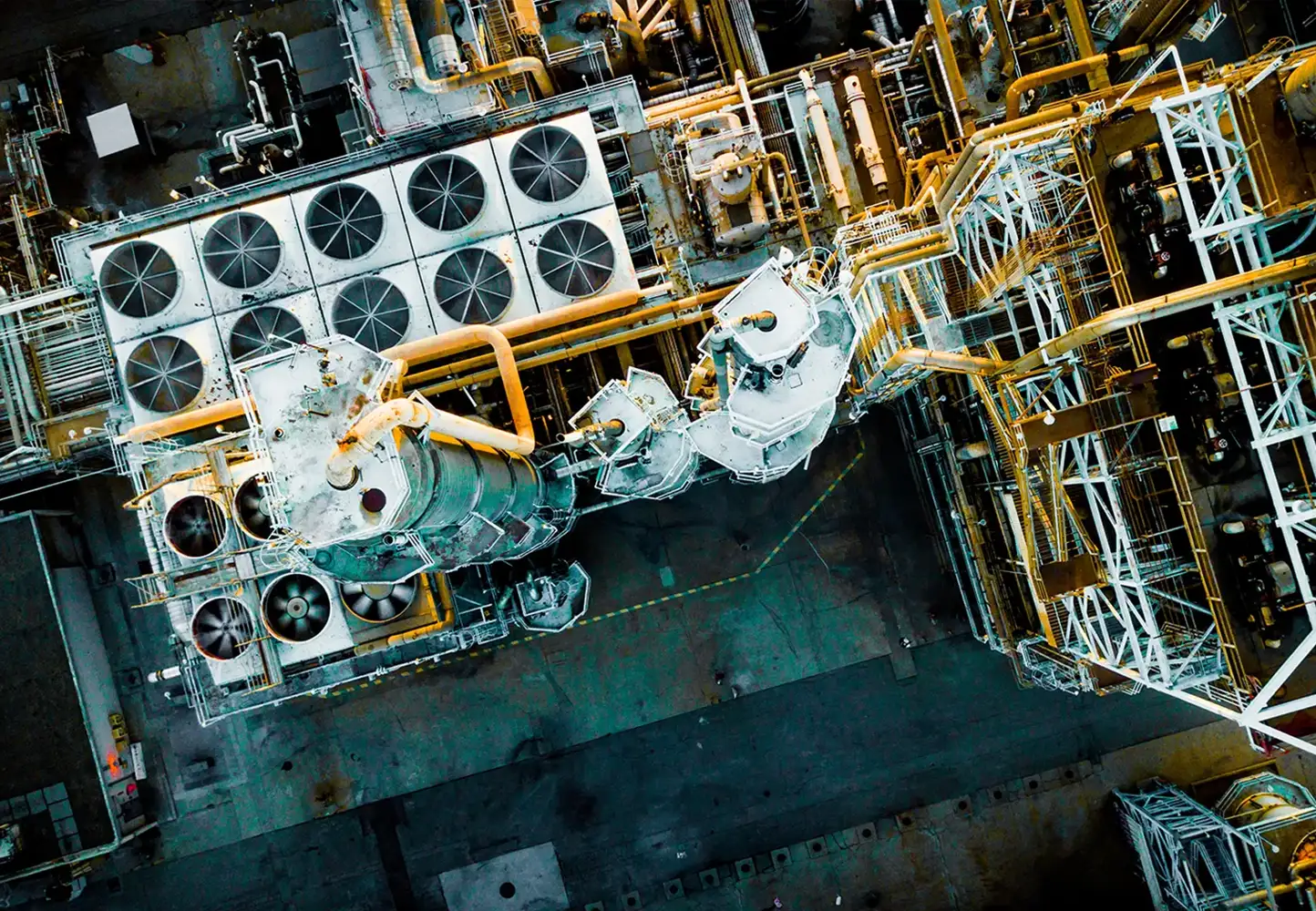
Chevron, Engine No. 1 and GE Vernova partner to fuel U.S. data centres
Engine No. 1, an investment firm based in San Francisco, California, U.S.A., and Chevron U.S.A. Inc. have announced a new partnership to develop scalable power solutions for U.S. data centres, leveraging domestic natural gas to enhance AI infrastructure. The initiative aims to deliver up to four gigawatts (GW) of power, with the first co-located power plant and data centre expected to be operational by 2027.
This ambitious project will utilise seven GE Vernova 7HA natural gas turbines under a slot reservation agreement, ensuring an accelerated timeline. Initial facilities, termed “power foundries”, will be located across the Southeast, Midwest, and West of the United States. By directly supplying power to co-located data centres, the development avoids reliance on the existing transmission grid, mitigating electricity price increases for consumers.
Energy security and AI leadership
The joint venture aims to address the growing electricity demand for AI-driven data processing while maintaining affordable, reliable energy. Chris James, founder and CIO of Engine No. 1, highlighted the project’s significance: “By using abundant domestic natural gas to generate electricity directly connected to data centres, we can secure AI leadership, drive productivity gains across our economy and restore America’s standing as an industrial superpower. This partnership with Chevron and GE Vernova addresses the biggest energy challenge we face.”
While initially focused on natural gas, the facilities will be designed to integrate carbon capture and storage (CCS), capable of removing more than 90% of CO₂ emissions, alongside renewable energy sources. The model also includes provisions for selling surplus power to the U.S. power grid in the future, supporting broader energy stability.
Beyond powering AI growth, the project is expected to generate thousands of jobs and contribute to the reindustrialisation of the U.S. economy.












